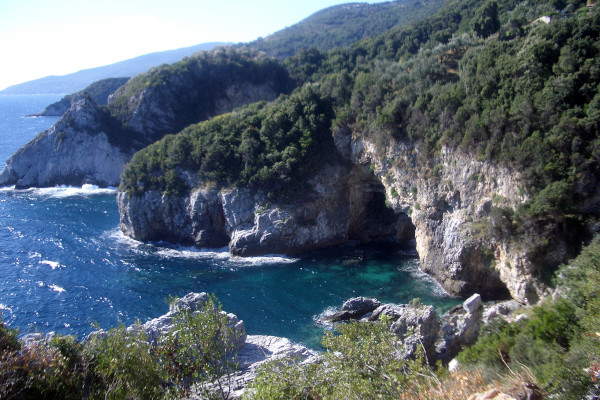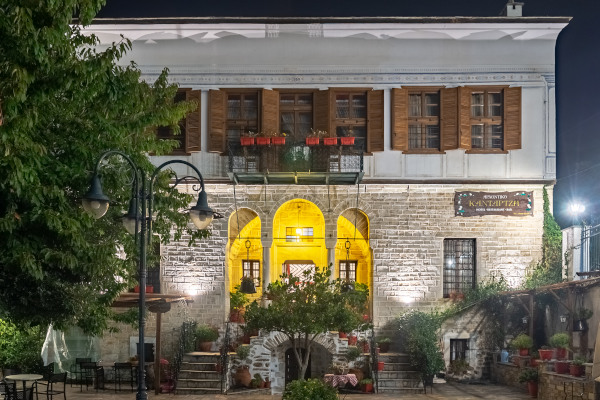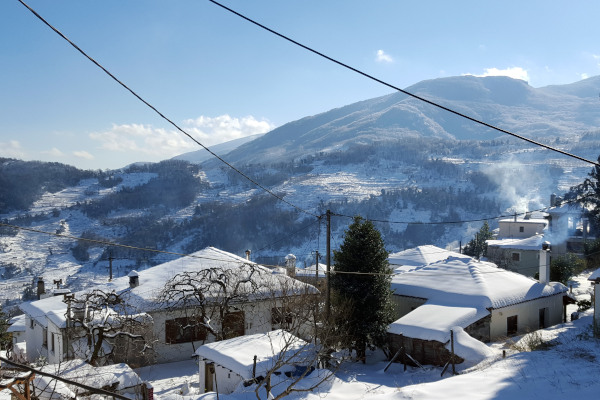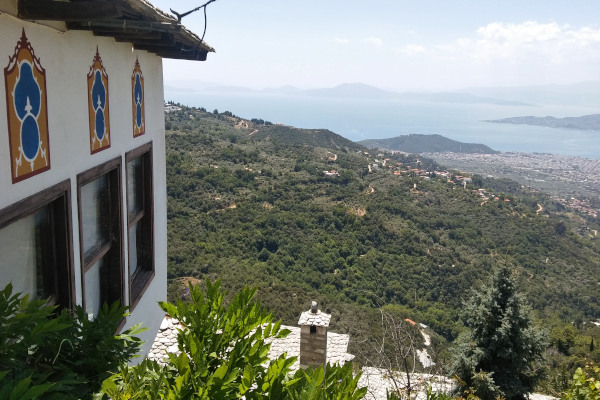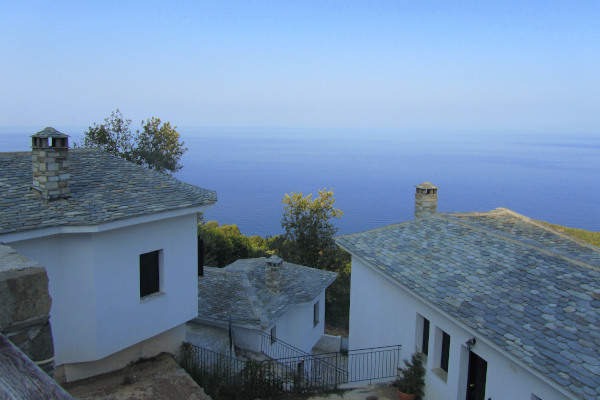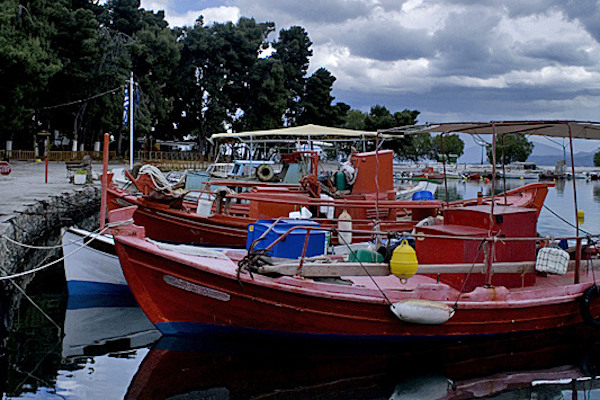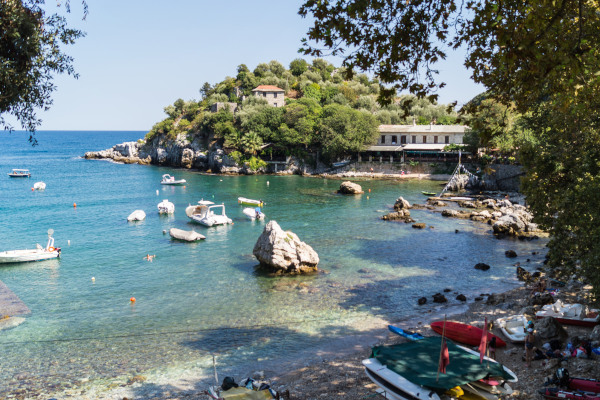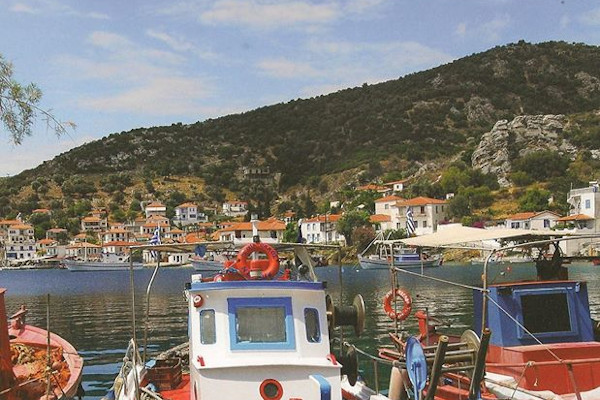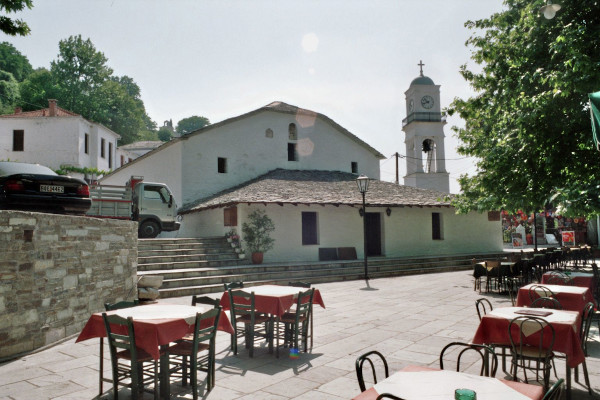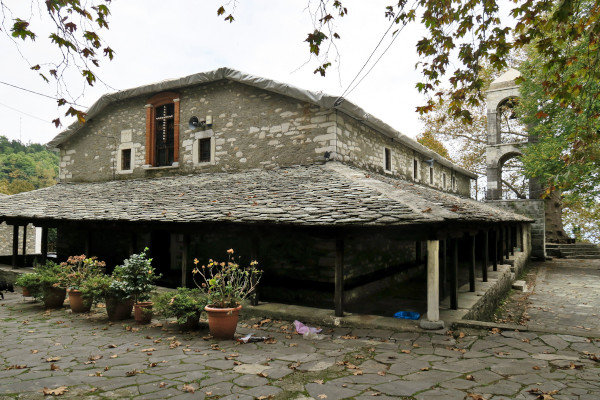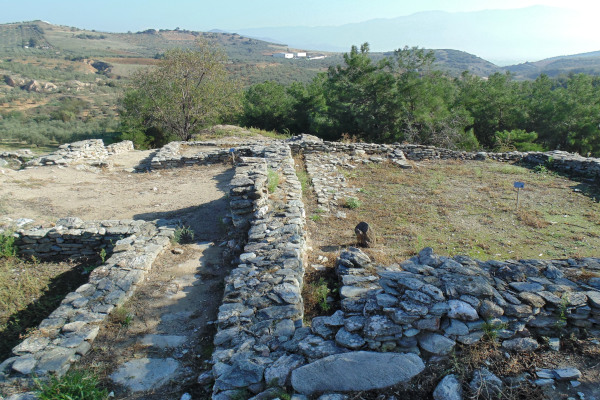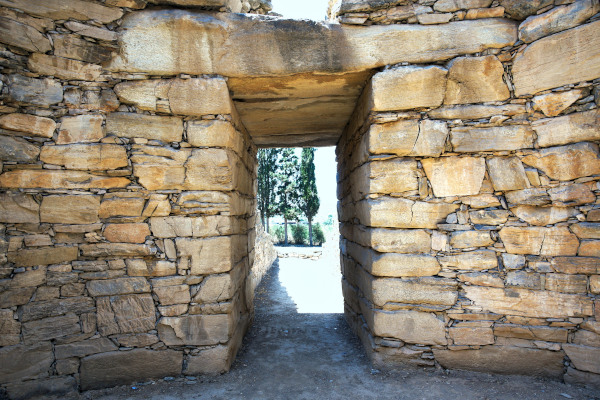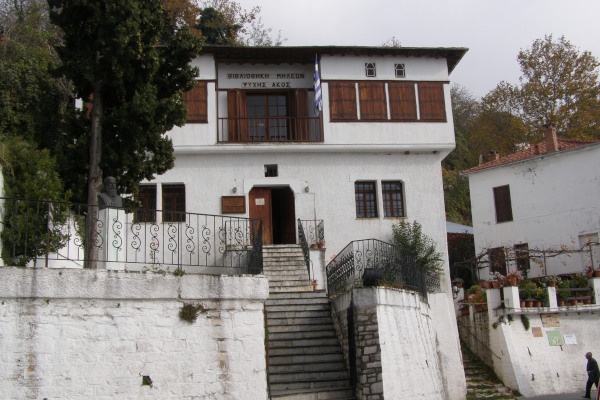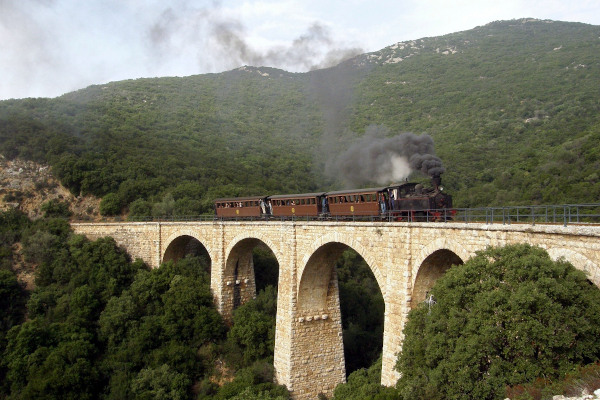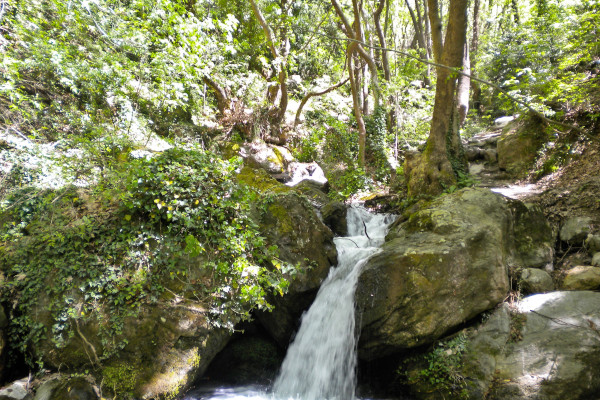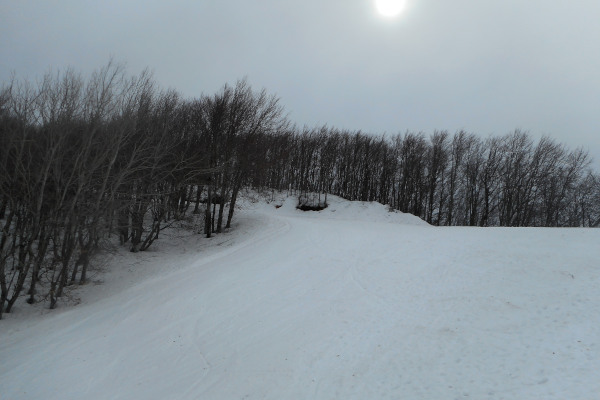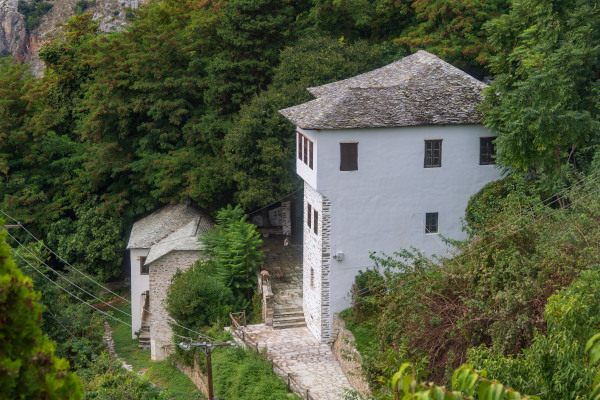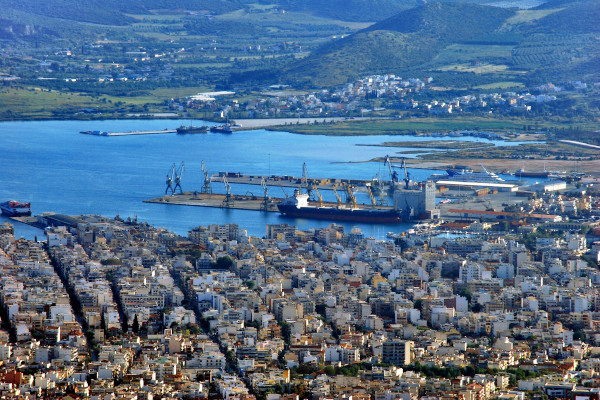Pelion Beaches
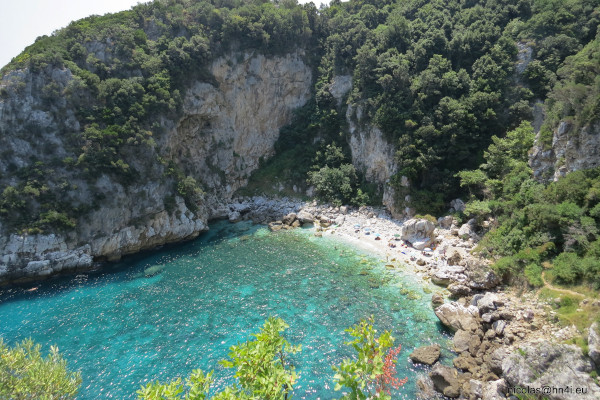
Fakistra Beach
TsagkaradaWild nature, steep rocks taken over by trees, crystal-clear waters. It's small, and so, it gets packed in August. Wear shoes - the path is rough.
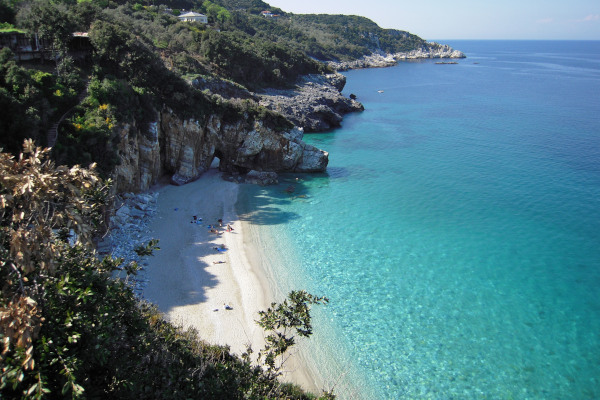
Milopotamos Beach
TsagkaradaMylopotamos beach is a blossomed, wild landscape sometimes with big waves. In August, it's crowded but not early morning or around sunset.
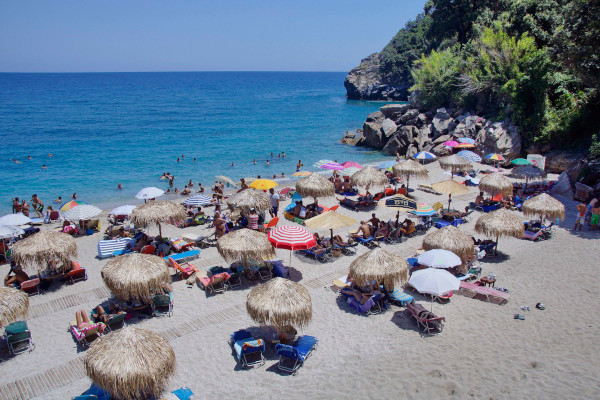
Agii Saranta Beach
ZagoraAt Agii Saranta beach, the trees touch the sea, and wild rocks tower over your head. In the mornings, finding a parking spot is easy.
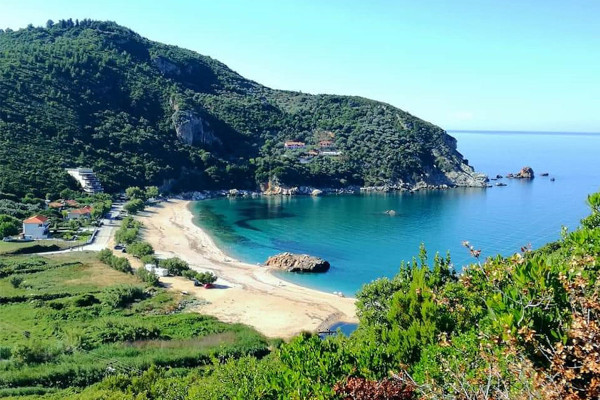
Paltsi Beach
ArgalastiPaltsi is a peaceful beach that never gets crowded. It's surrounded by green hills, has a few boulders and rocks, and a great sunset.

Agiokampos Beach
Agia (Melivoia)Velika, Sotiritsa, Agiokampos are beaches on the same long sandy patch stretching for kilometers. Clean waters, trees hanging from boulders. And beach bars.
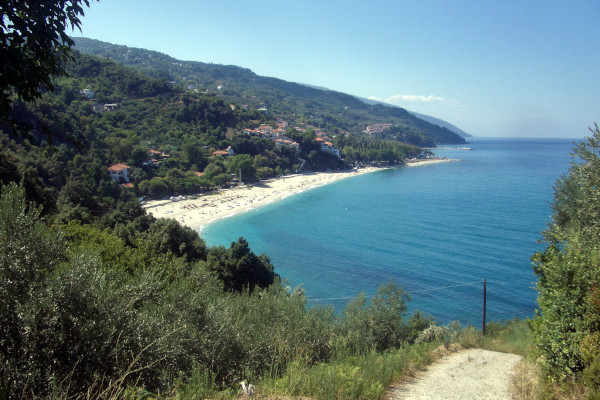
Papa Nero Beach
Ag. Ioannis MouresiLong and wide, lush-green, with golden-sand, Papa Nero beach is just amazing. A convenient beach with loungers and umbrellas and other services.
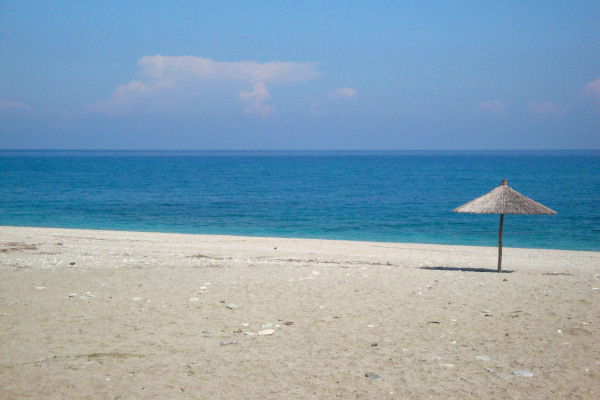
Chorefto Beach
ZagoraChorefto is a large beach with clear waters. It gets battered by huge waves mostly in windy Augusts, in which case it's good enough for surfing.
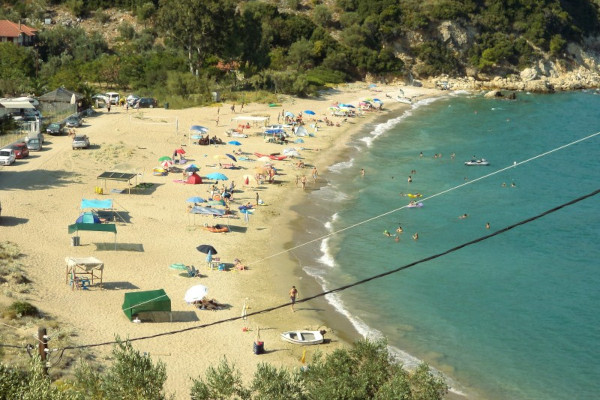
Camping Kastri Beach
South PelionA camping with a sandy beach on the east side of Pelion. Not too crowded even in high season, friendly people all around, and great food.
